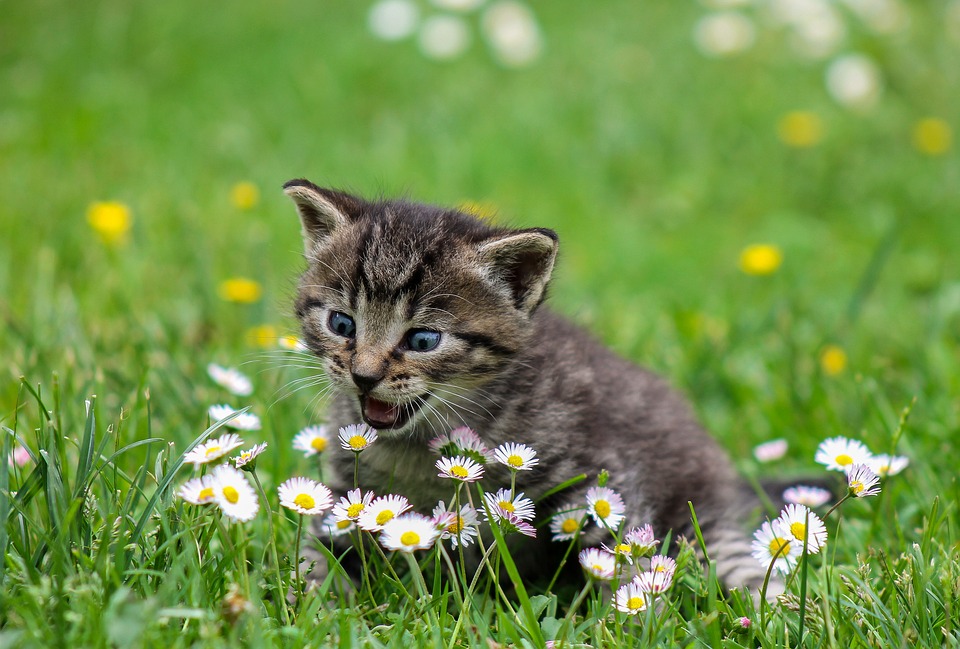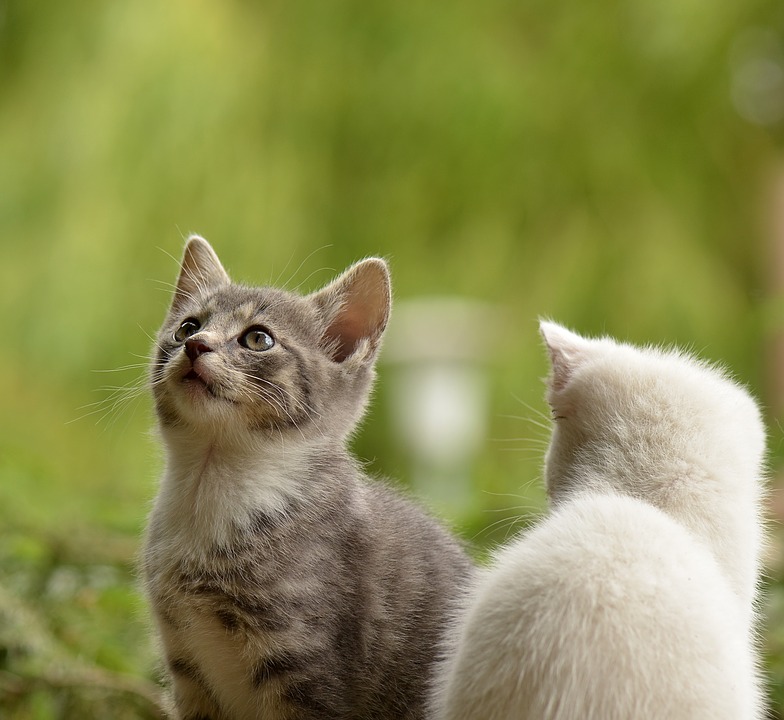Let’s face it, everyone wants the cat to like you, even if you don’t like the cat. If not, you may spend way too much of your time checking your shoes for hairballs or learning to sleep with one eye open.
Cats can be finicky about pretty much everything, so it’s a good thing you’ve got science on your side this time. Take a look!
#8. Play with them.

Photo Credit: Pixabay
Cats are stealth predators and need to regularly vent that energy. A recent study found that cats prefer human interaction even over food…but only when that human came part and parcel with an interactive toy.
#7. Play hard to get.

Photo Credit: Pixabay
In other words, let the cat make the first move as far as initiating the interaction, and don’t insist on continuing once they relay that they’re finished.
Every cat owner knows that’s a recipe for scratches!
#6. Keep your cat inside most of the time.

Photo Credit: Pixabay
Cats are less domesticated than dogs and will revert quickly into a feral mindset if set loose on their own. A recent Italian study verified that cats who were indoors or supervised outdoors in an enclosed space were more in sync with their owners.
#5. Put yourself in a kitty mindset.

Photo Credit: Pixabay
Friendly cats greet each other nose-to-nose. You don’t want to put your face in an unfamiliar cat’s face, but you can mimic their preferred greeting with a fingertip to the nose – you just might get a boop or a rub for your efforts.
#4. Socialize the cat when it’s young.

Photo Credit: Pixabay
The more chances a cat has to interact with humans as a kitten, the more likely it is to grow up enjoying that sort of affection and interaction. This seems like a no-brainer, but there is plenty of science to back it up.
#3. Check your wandering hands.

Photo Credit: Pixabay
Studies have confirmed what many cat owners know – stick to petting the head and cheeks for the best response. A majority of cats aren’t comfortable with scratches on the belly or hindquarters, and will not hesitate to let you know.
#2. Keep a watchful eye.

Photo Credit: Pixabay
You should be able to read a cat’s mindset by observing it’s behavior – hissing and growling, of course, but also simple tail twitches, retreating, or a hunched posture will also communicate distrust. On the flip side, purring, rubbing, and sitting nearby are all positive signs. Don’t push them when they’re not comfortable and they’ll be more likely to come to you when they are.
#1. Food does not equal love.

Photo Credit: Pixabay
A recent study of overweight cats showed that once the cats lost weight, they were more affectionate, purred more often, and enjoyed sitting in their owners’ laps again.
Don’t overfeed kitty if you want more love!
h/t: Mental_Floss
